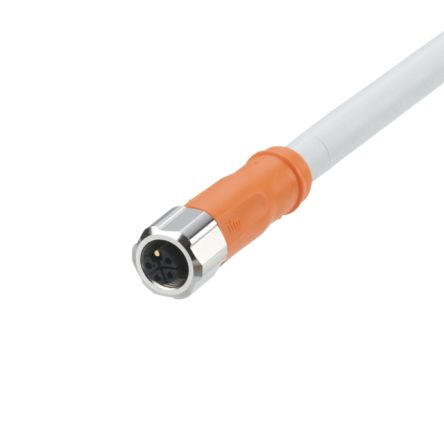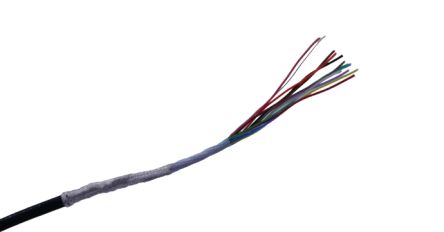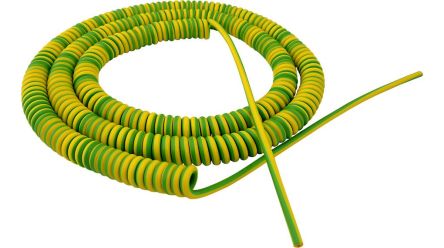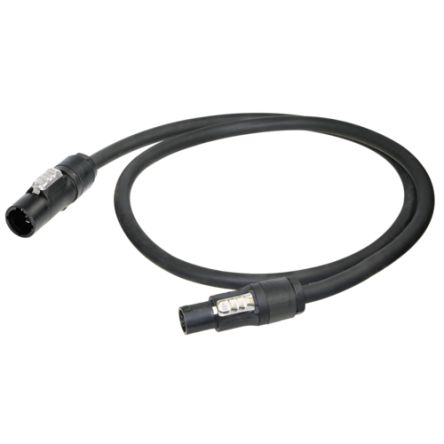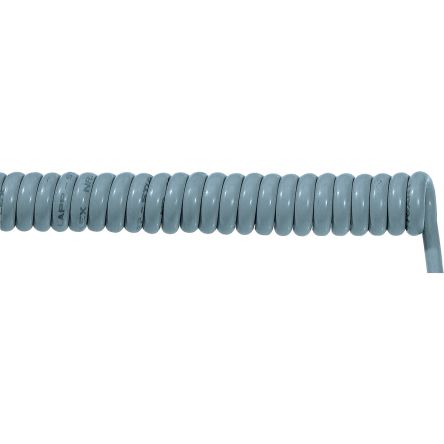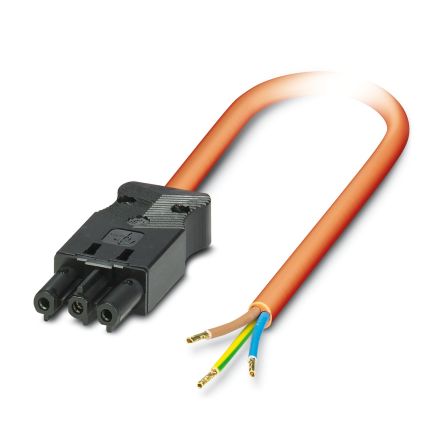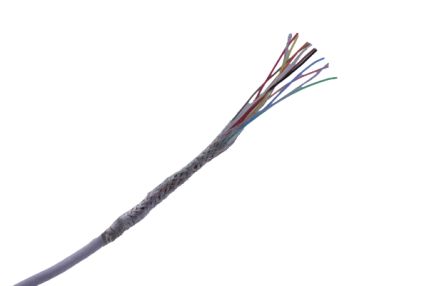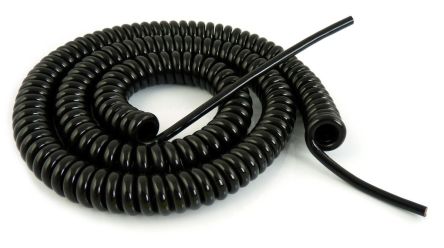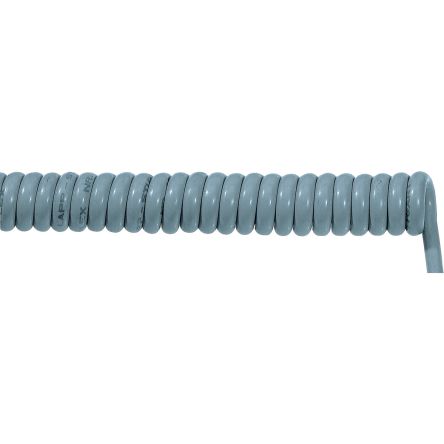- Automation & Control Gear
- Cables & Wires
- Enclosures & Server Racks
- Fuses & Circuit Breakers
- HVAC, Fans & Thermal Management
- Lighting
- Relays & Signal Conditioning
- Switches
- Batteries & Chargers
- Connectors
- Displays & Optoelectronics
- ESD Control, Cleanroom & PCB Prototyping
- Passive Components
- Power Supplies & Transformers
- Raspberry Pi, Arduino, ROCK, STEM Education & Development Tools
- Semiconductors
Power Cable
Power cables, also known as electrical cables or power cords, are cables used to transmit electrical energy from a power source to a device or appliance. They are an essential part of the electrical infrastructure and are designed to safely carry electrical current from one point to another.Power cables typically consist of one or more conductors, which are usually made of copper or aluminum. These conductors are surrounded by insulation material, which provides electrical and mechanical protection. The insulation material is usually made of materials like PVC (polyvinyl chloride), XLPE (cross-linked polyethylene), or rubber.The conductors within the power cable can be arranged in different configurations, depending on the intended use and the amount of power that needs to be transmitted. Common configurations include:Single-core cables: These cables have a single conductor surrounded by insulation. They are used for low-voltage applications and are often found in household appliances and electronic devices.Multi-core cables: These cables have multiple conductors within a single cable sheath. They are used for higher voltage applications and are commonly found in industrial settings, construction sites, and power distribution systems.
What are the benefits of Power Cables?
Efficient power transmission: Power cables are designed to efficiently transmit electrical power from the source to the destination.Safety: Power cables are designed with insulation materials that provide electrical insulation and mechanical protection.Versatility: Power cables are available in various types, sizes, and configurations to accommodate different power requirements and applications.Durability and reliability: Power cables are built to withstand demanding conditions, including temperature variations, moisture, abrasion, and mechanical stress.Flexibility and ease of installation: Power cables are flexible, allowing for easier installation in different environments.Compatibility: Power cables are designed to be compatible with standard power outlets and connectors, ensuring compatibility with a wide range of devices and appliances.ApplicationsResidential and commercial buildingsIndustrial and manufacturing facilitiesConstruction sitesInformation technology (IT) infrastructureTelecommunicationsRenewable energy systems
